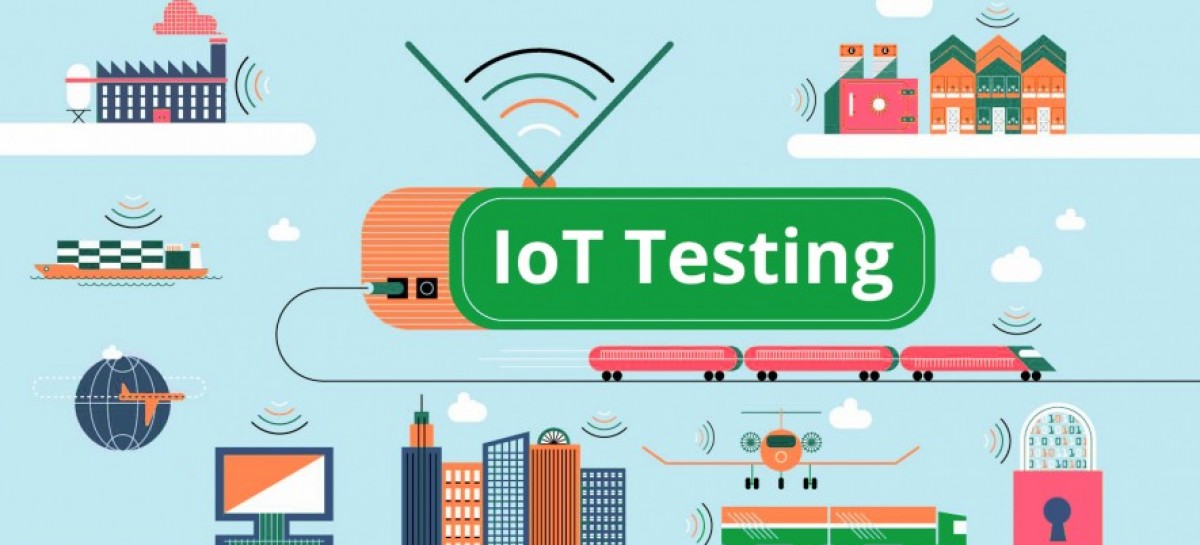As per the report provided by Gartner, there will be 20 million IoT Devices by 2026 and there is also speculation that these numbers will rise in the coming future. IoT testing brings in a new level of complexity to the Testers and so for the IoT Testing Companies as they have to adapt to new platforms and techniques for testing the IoT Devices. Some of the IoT devices present currently in the market are: 1. Smart Plug– It is one of the most useful devices discovered as it can be operated easily via a smartphone. Also, it senses how much energy a device is consuming –which will help you in making your home more energy-efficient. 2. August Smart Lock– It eliminates the use of keys as it unlocks automatically when you get to your home and locks behind you when you close the door. In order to deliver the best experience to the customers, IoT devices have to undergo various kinds of tests. This is going to be a challenging task for the Testers. As IoT Testing involves many things to be tested at various levels, there is no best approach defined yet, but here are some considerations that might be helpful.
Too Many IoT Platforms
The first challenge for testing IoT platforms lies in the creation of a real-time environment. Setting up an IoT environment requires abundant knowledge of the technology and the process. As the IoT devices are basically hardware and rely on the software instructions, this integration is the crux of the technology. With hardware and software comes many problems. For instance, there would be numerous configurations of devices and variants. Also, time required for a new kind of hardware to enter the market is limited these days. This again poses a challenge for the IoT integration and also for IoT Testing Solution Providers.
Many IoT Communications Protocols to Test
IoT devices today use many different communications protocols to interact with controllers, and with each other. Protocols such as Message Queuing Telemetry Transport (MQTT), Extensible Messaging and Presence Protocol (XMPP) and Constrained Application Protocol (CoAP) are common and each has its own advantages and disadvantages. But MQTT, which performs well in high latency and low bandwidth situations, is the most popular. However, IoT company’s Testers should be aware of all the protocols and the testing tools that would support testing these protocols.
Attacks and Other IoT Security Threats
In October, a huge distributed denial-of-service (DDOS) attack on Dyn’s servers brought down giants such as PayPal, Twitter and Spotify (among many others). The attackers had infected thousands of vulnerable IoT devices with malware. With more than 70% of IoT devices currently vulnerable to security issues, testing for security holes is a critical activity. IoT device testers should pay particular attention to the device’s password policy, making sure that minimum password requirements are built into the device, and that they are enforced.
A recommended practice would be to change the device passwords at regular intervals. This should also be included in the automation test of the devices.
Device Diversity & Fragmentation Challenge
As there are many types of IoT devices and applications, it requires strong testing strategies to achieve good quality. Testing to ensure consistent performance across all devices is a big challenge. IoT Platform Companies must adhere to a test strategy and should possess great understanding of the architecture to test it correctly. As it’s not possible to test on all devices, it’s preferred to decide on a combination of devices that your User base would be using.
Exchange of Data & Load
IoT Devices would rely on fast communication where networks speeds have to be reliable. So, checking the response of IoT devices on various network speeds is essential for the connected IoT devices. This is because the network status might have significant effect on the device’s performance. Nowadays, applications behave differently with inconsistent Internet and overburdened WiFi, which can be a pain point for the IoT devices. So, the IoT devices and applications should be tested for these conditions to ensure that they respond correctly without losing any data. Devices have to be monitored for all the metrics like CPU, Memory usage etc. for any possible issues. Devices should also be checked for memory leaks as it slows down the devices.
Authors Bio: Hi I am Mayur Sunfra, a Digital Marketing Executive for Ask for Test. I have 2 years of experience working on this domain. I have worked on more than 15 projects and have the experience of working for B2B and B2C projects.





